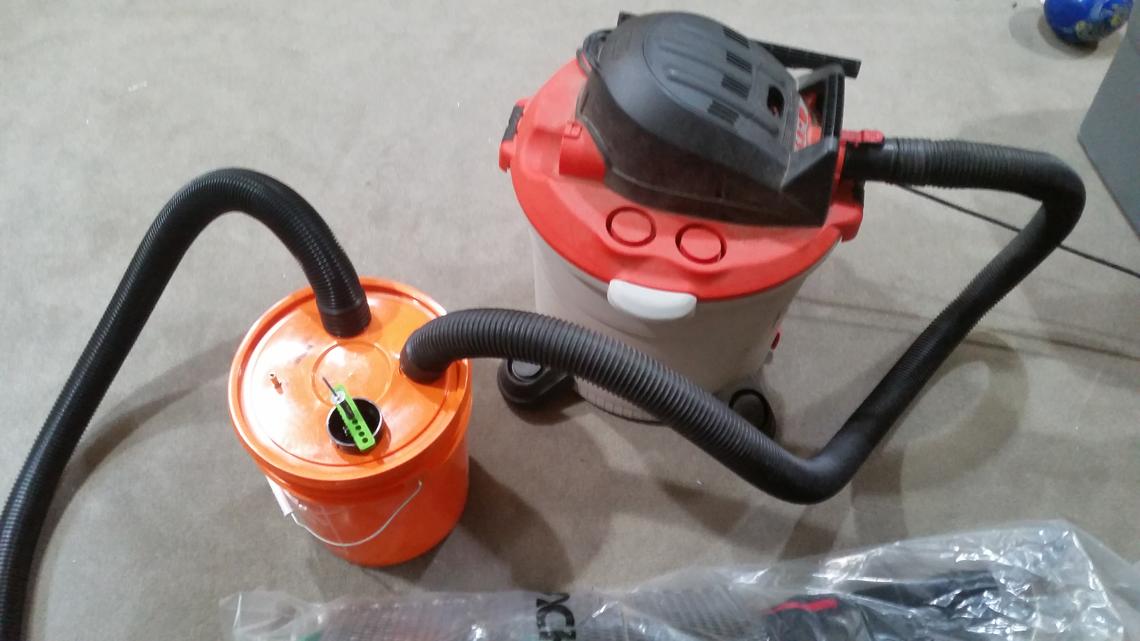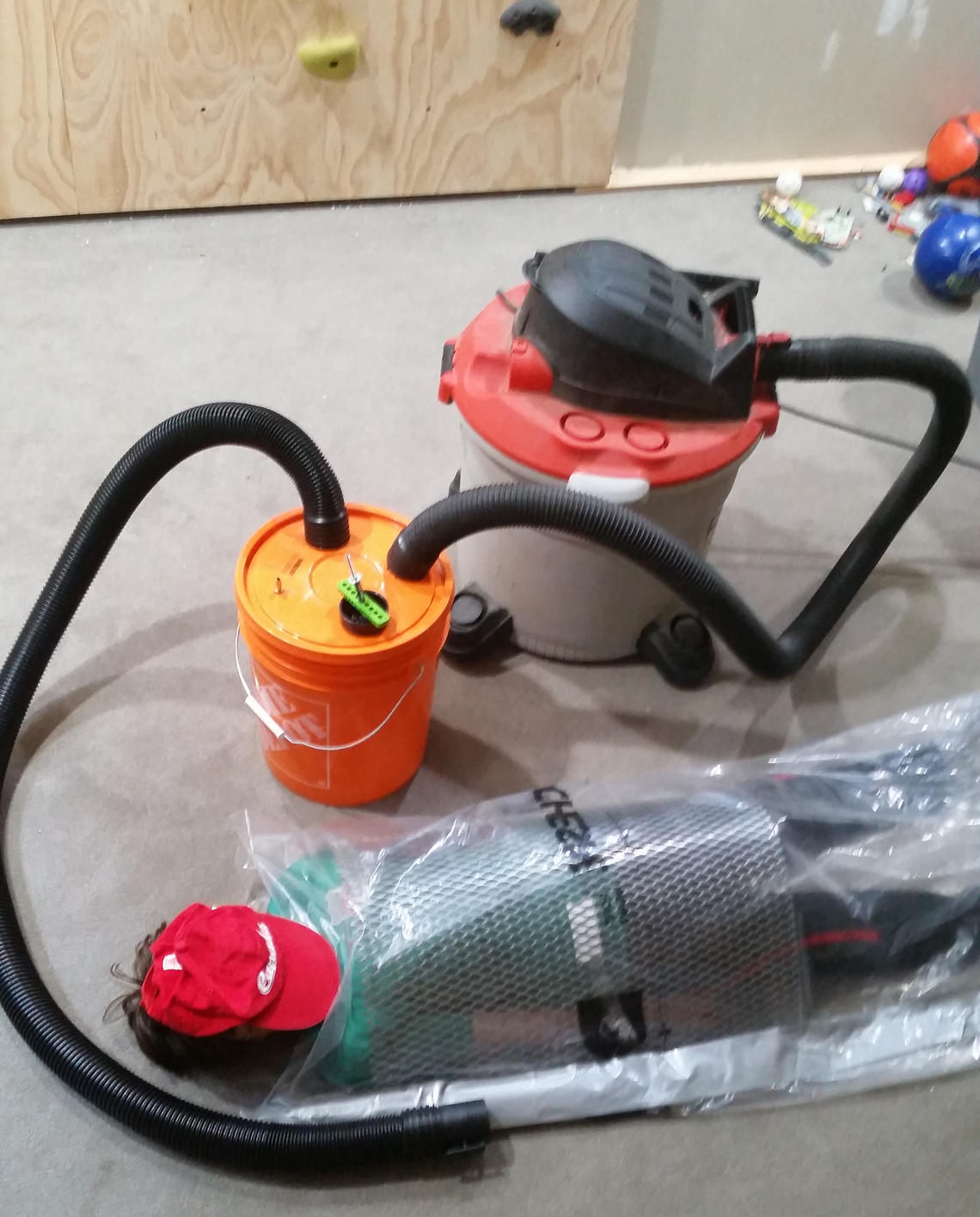March 25, 2020
UCalgary biomedical engineers and scientists join international effort to design modern-day iron lung

With the iron lung of another generation’s polio epidemic for inspiration, a UCalgary biomedical engineering research team is working with collaborators across the province and around the world on a modern machine to help coronavirus victims breathe.
While warning that their modern version of the iron lung would be a last resort due to lack of time to go through proper regulatory approvals, a team co-led by Dr. Mark Ungrin, PhD (pictured above), says that a negative pressure ventilation (NPV) device could help save lives if the current global pandemic leaves patients with no other options.
“This ventilator is intended for use as a last resort if we don’t manage to ‘flatten the curve’ enough, and there just isn’t enough equipment to go around,” explains Ungrin, associate professor of comparative biology and experimental medicine in the Faculty of Veterinary Medicine and the university’s Biomedical Engineering research and training programs, and member of the Alberta Children’s Hospital Research Institute at the Cumming School of Medicine (CSM).
“It will be a bare-bones system with a basic level of functionality — we’re building parachutes, not airplanes," he adds.

Initial prototype of the ventilator, using basic equipment and materials to test the proposed model.
Courtesy Mark Ungrin
Alberta's primary universities working together
Ungrin, along with University of Alberta mechanical engineering professor, Dr. Michael Lipsett, PhD, is heading a large team spanning the University of Calgary, the University of Alberta and the private sector.
Other key UCalgary figures include:
-
Dr. Salvatore Federico, PhD, a professor in mechanical and manufacturing engineering in the Schulich School of Engineering, and a member of the Centre for Bioengineering Research and Education, and the Human Performance Laboratory
-
Dr. Renaud Léguillette, PhD, a professor in the Veterinary Clinical and Diagnostic Sciences department in the Faculty of Veterinary Medicine and member of the Libin Cardiovascular Institute at Cumming School of Medicine
The team’s NPV research is just one of the biomedical engineering projects underway at Alberta’s post-secondaries, as researchers look to bolster the efforts of frontline medical providers in combating the global pandemic.
Not your grandfather's iron lung
In the case of Ungrin’s modern-day iron lung, the intent is not to replicate the massive, immobile machines that lined hospital wards during polio outbreaks in the 1940s and 1950s, but rather offer a lighter plastic chamber that could be used in a standard hospital bed.
The purpose would be the same, however, in reducing stress on the lungs of a patient struggling to breathe, and the old iron lung idea has some advantages over the now more commonplace positive pressure ventilation (PPV) technology, which increases pressure within the lung.
“NPV systems work by reducing pressure around the patient's body, instead of increasing pressure inside the lungs. As they do not need to interact directly with the air the patient breathes, they can be simpler and easier to manufacture,” says Ungrin.
“NPV patients can also wear standard oxygen supply systems, including masks to prevent infection, as the NPV system does not obstruct the face.”

The prototype of a ventilator intended for use as a last resort.
Courtesy Mark Ungrin
A reliable design easily replicated
Ungrin’s team is consulting with public health agencies and other organizations as they prototype their system, aiming for a basic, safe and reliable design that is easily manufactured in large numbers.
“If we can put a safety net in place, that’s one less thing for our frontline health-care workers to worry about,” he explains.
The University of Calgary’s multidisciplinary Engineering Solutions for Health: Biomedical Engineering research strategy drives innovations that are saving lives and revolutionizing health care for Canadians. With collaborative teams focused on human mobility, health monitoring, advanced biomedical imaging, precision biodiagnostics, regenerative medicine and novel medical technologies, our researchers are transforming quality of life and continuously improving the health system.
Media Hits
- Calgary Herald
- CBC Calgary Eye Opener (Podcast)
UCalgary resources on COVID-19
For the most up-to-date information about the University of Calgary's response to the spread of COVID-19, visit the UCalgary COVID-19 Response website.
For resources to support students, faculty, staff, alumni, and all our communities during this unprecedented time, visit the UCalgary COVID-19 Community Support website.





